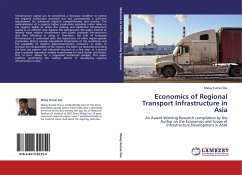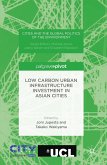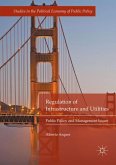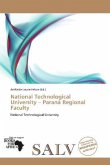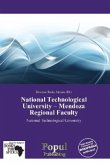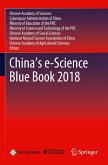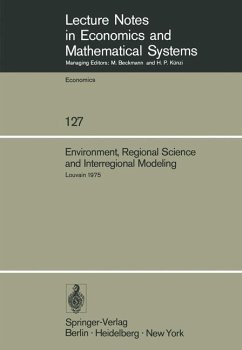Infrastructure capital can be considered a necessary condition to extend the regional production potential but not automatically a sufficient requirement for enhanced regional competitiveness and income. The materialization of a region's higher production potential rather relies on the region's ability to utilize the existing and additional infrastructure capital in an efficient way. Against this background, the paper intends to identify Asian regions' environment with public transport infrastructure and their efficiency in using it. Therefore, the role of transport infrastructure is contrasted with the importance of other region-specific production factors namely educational attainments of the workforce and the availability of modern telecommunication networks. In order to increase the comparability of the regions, the latter are clustered according the land use pattern and industrial structure in a first step. In a second step a quantile regression analysis is performed for each cluster and factor. This, in turn, allows for a sequential bottleneck analysis. This paper explores quantifying the welfare effects of developing regional infrastructure in Asia.
Bitte wählen Sie Ihr Anliegen aus.
Rechnungen
Retourenschein anfordern
Bestellstatus
Storno

